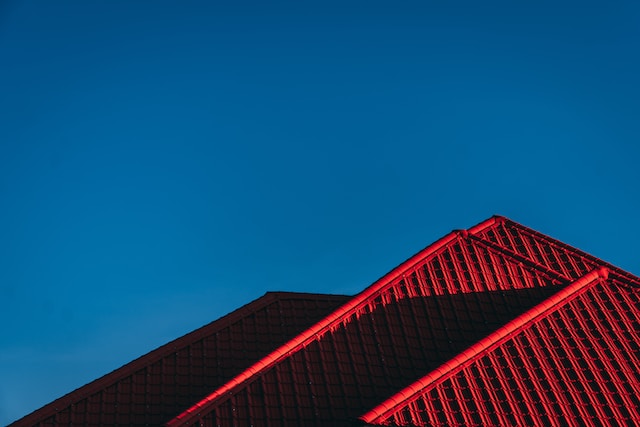Texas, known for its sprawling landscapes and intense climate, is also a state that’s increasingly conscious about sustainable living. In the heart of such environmental and weather extremities, the roof over your head plays a pivotal role in your home’s energy efficiency and ecological impact. Here’s a roundup of the most eco-friendly and energy-efficient types of roofs tailored for Texas homeowners.
Cool Roofs: Beating the Texas Heat
The concept of cool roofs is simple: they reflect more sunlight and absorb less heat than a standard roof. In the Texan summer, a cool roof can make your home more comfortable by reducing heat transfer into the building, minimizing the strain on your air conditioning, and thereby cutting energy usage.
Materials: Cool roofs can be made of highly reflective types of paint, a sheet covering, or highly reflective tiles or shingles.
Ideal for Texas because: They significantly lower roof temperatures during hot summer months, leading to decreased energy costs and increased indoor comfort.
Green Roofs: A Living Canopy
Green roofs, also known as living roofs, are covered with vegetation over a waterproofing membrane. They are excellent insulators, reduce stormwater runoff, and help combat the urban heat island effect.
Materials: A standard green roof includes a layer of vegetation, a growing medium, a filter membrane, and a drainage layer.
Ideal for Texas because: They provide much-needed green space in urban settings and help insulate buildings from the intense Texas sun, leading to energy savings and improved air quality.
Solar Roofs: Harnessing the Power of the Texas Sun
Solar roofs are designed to generate electricity by integrating solar panels directly into the roofing material. Texas, being one of the sunniest states, offers the perfect opportunity to capitalize on solar energy.
Materials: Solar shingles or tiles, which function both as traditional roofing and as a solar PV system.
Ideal for Texas because: They reduce dependence on fossil fuel energy, harnessing the state’s abundant sunlight to power homes in an eco-friendly manner.
Metal Roofs: Durable and Reflective
Metal roofs reflect solar radiant heat, which can reduce cooling costs by 10-25%. They are durable, recyclable, and can be made from a high percentage of recycled material.
Materials: Typically made from steel, aluminum, or copper.
Ideal for Texas because: Metal roofs withstand severe weather conditions and are excellent for rainwater harvesting, an added benefit in drought-prone areas.
Slate and Clay Tiles: Timeless and Sustainable
Slate and clay tiles are natural materials that have a lower environmental impact over their lifecycle. They are extremely durable, have a natural ability to regulate indoor temperatures, and can be recycled at the end of their lifespan.
Materials: Natural slate or terracotta clay.
Ideal for Texas because: They offer a classic aesthetic that matches many Texan architectural styles and provide exceptional longevity and fire resistance.
Reflective Roof Coatings: The Upgrade Option
For those not ready to replace an entire roof, reflective coatings can be applied to existing roof materials to increase their reflective properties.
Materials: Specialized coatings made with reflective pigments.
Ideal for Texas because: They can extend the life of your current roof and improve its solar reflectance and thermal emittance.
Conclusion
For Texas homeowners, the choice of roofing is critical not just for aesthetics but for comfort, cost savings, and environmental stewardship. Whether you opt for cool metal, lush greenery, innovative solar tiles, timeless slate, or an upgrade with reflective coatings, the best roof is one that aligns with your ecological values while standing up to the Lone Star State’s challenging climate. Embrace these eco-friendly and energy-efficient roofing options to protect your home and the environment—one shingle, tile, or plant at a time.
Is this conversation helpful so far?
